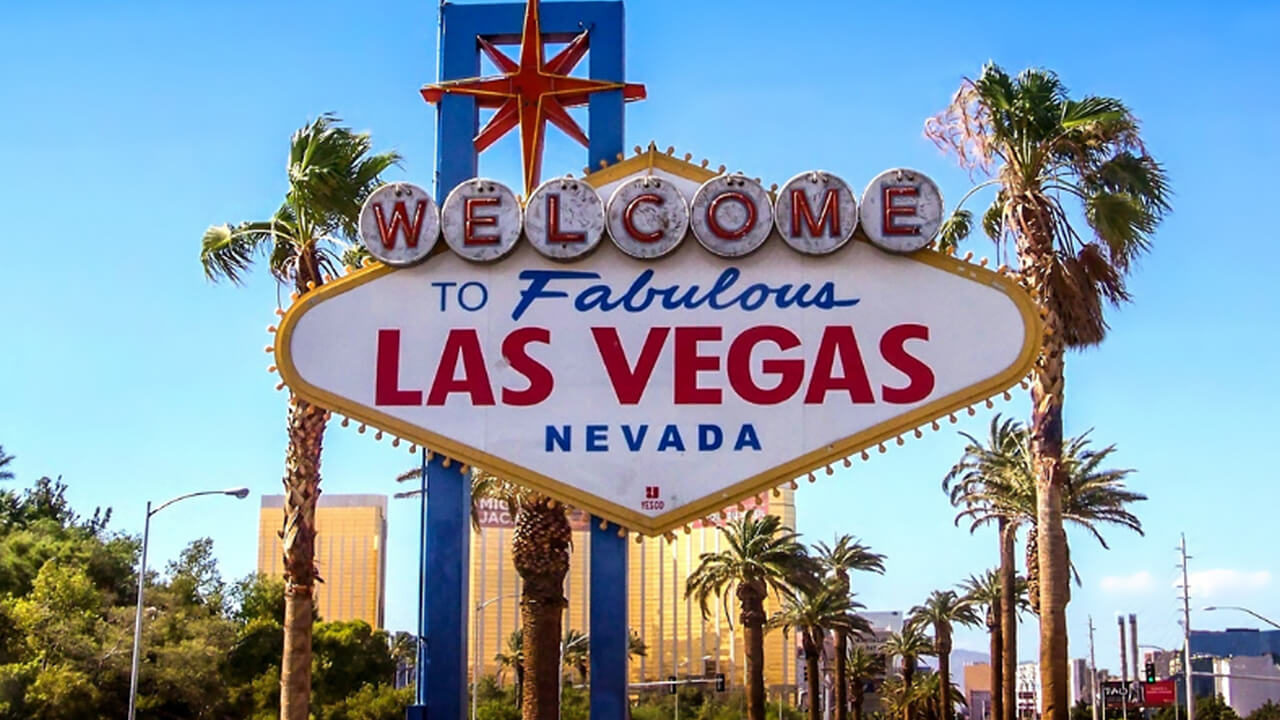Is it your first year at the Consumer Electronics Show (CES)? It’s an exciting time but it might feel daunting given the size of the vendor list, the multiple venues hosting it, and the fact that it all takes place in busy Las Vegas. You need not worry, however, for you have exclusive access to a Vegas native right here!
Here is what you need to know to create the best content and manifest an amazing experience.
1. Take advantage of The LVCC Loop and monorail
These are the two most efficient modes of transportation, reducing the inconvenience of traffic, parking, taxi fares, and ridesharing fees.
You can access The LVCC Loop via Resorts World (located towards the northern end of the strip) and travel to four other stations (Riviera and West lead to the West Hall, Central leads to the Central Hall, and South leads to the South Hall). You and up to two other colleagues will enter a Tesla, where the driver will then transport you through the underground tunnel directly to the Las Vegas Convention Center.
You can also hop between halls. For reference, traveling from the West Hall to the North/Central Hall can take 25 minutes when walking, but only two minutes when you opt for the Loop.
Use the monorail to navigate to the other hotels that will be hosting CES booths. View the various locations and interactive maps here.
2. Expect insufficient bandwidth
CES is the busiest tradeshow of the year in Las Vegas. Hotels know this (which is why room rates are always astronomical) but free WiFi is not always equipped to handle the traffic of thousands of journalists concomitantly flooding the internet with content. If possible, seek out a hardwired internet connection or bring a mobile hotspot.
3. Use high-quality equipment for multimedia, but pack lightly
If you want engagement for your content, multimedia will attract attention. It’s something we always suggest as an accompaniment to copy, and you should plan on packing equipment to create it. At the same time, you will be doing a lot of walking. A lavalier microphone to minimize background noise during interviews, a top-tier smartphone camera, and a selfie stick for stability would work perfectly.
You could even live stream your time at the trade show to eliminate cumbersome equipment packing and unpacking and the need for time-consuming video editing. Please see the bag policy to ensure a smooth entry.
Make sure you have a portable power bank and batteries on you. Everyone will be looking for an outlet, and, if there are any available, they will almost always be in use. Portability is key. You will need free hands to interact with the products you encounter, and you especially want to be comfortable.
4. Create an itinerary
CES occupies multiple venues in town for four days. Plan ahead to visit vendors of interest, but also leave room for something unexpected you may want to cover. A day could look like this: A cluster of meetings and interviews with exhibitors and influencers; scheduled time to roam through a hall; and a networking afterparty before you head back to your hotel room (it is Vegas, after all). So to keep it all organized:
- If you have a scheduled meeting or conference to attend, plan to take one hour to commute to that location to arrive on time.
- To save hours weeding through phone case displays, you can stop by the Innovation Awards gallery to get a preview of the floor. This is an area CES uses to recognize notable products.
- Remember to eat and hydrate as well; you will lose track of time amidst the chaos of technological discovery. Free food and libations are typically available during press events, so use them as a reminder to recharge.
5. Visit the South, Central, and North Halls before the West Hall at the Las Vegas Convention Center
These are the smaller halls that tend to be quieter on the first day of CES, when not everyone has discovered their existence. Visit them before the larger West Hall to spend time with smaller companies and to ease yourself into the hectic energy.
6. Wear comfortable clothes
The dress code is business casual, but you will find most attendees wearing tennis shoes due to all the walking. Aside from this, there are many different scenarios to consider. If you will be attending an afterparty later in the evening, you may want to make sure what you are wearing fits with that venue’s dress code as well.
Keep in mind the climate and weather forecast; January in Las Vegas is cool during the day and freezing at night. You may find it inconvenient to travel back to the hotel room to change, so a jacket or blazer, a light shirt, a pair of jeans, and a change of dressier shoes might be the perfect combination.
7. Press kits > paper marketing collateral
Apart from business cards that can be scanned into your phone’s contact list, there's a good chance you'll end up throwing away pamphlets or flyers handed to you. If you NEED to see these, save luggage space and download a press kit from that company’s website, or take pictures with your phone.
8. Enter through the “media” door
As a journalist, you are considered media and will be given a press pass. The media can enter through the media door, and the line to that door is considerably shorter than the main line.
9. Be mindful of your security
In the past, CES was known to bring in 100,000 yearly attendees. Those numbers have dipped since COVID, but being in an area surrounded by technology and a large attendance puts you at risk. Turn off your WiFi, Bluetooth, location data, and NFC on your phone and laptop when you are not uploading content. Use a VPN for an added layer of data protection when you are online, whether you are using hardwired internet or WiFi.
To protect yourself from thieves scanning your credit cards, you can invest in an RFID-blocking wallet, and disable digital wallets and tap-to-pay abilities on your phone.
And as always when traveling, be aware of your surroundings, always keep your belongings on you, and deadbolt your hotel room door when you are occupying it.
See the original post on Beyond Bylines.







